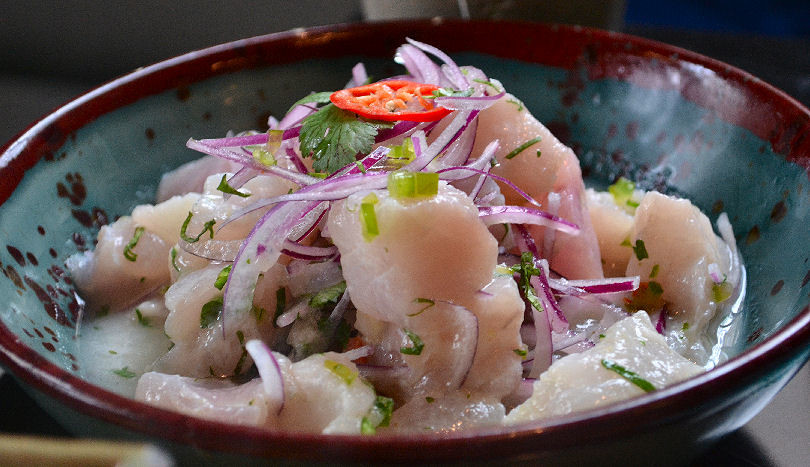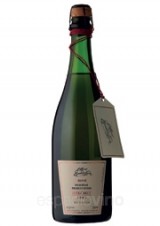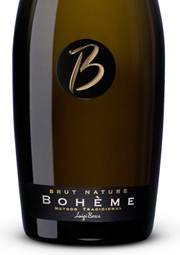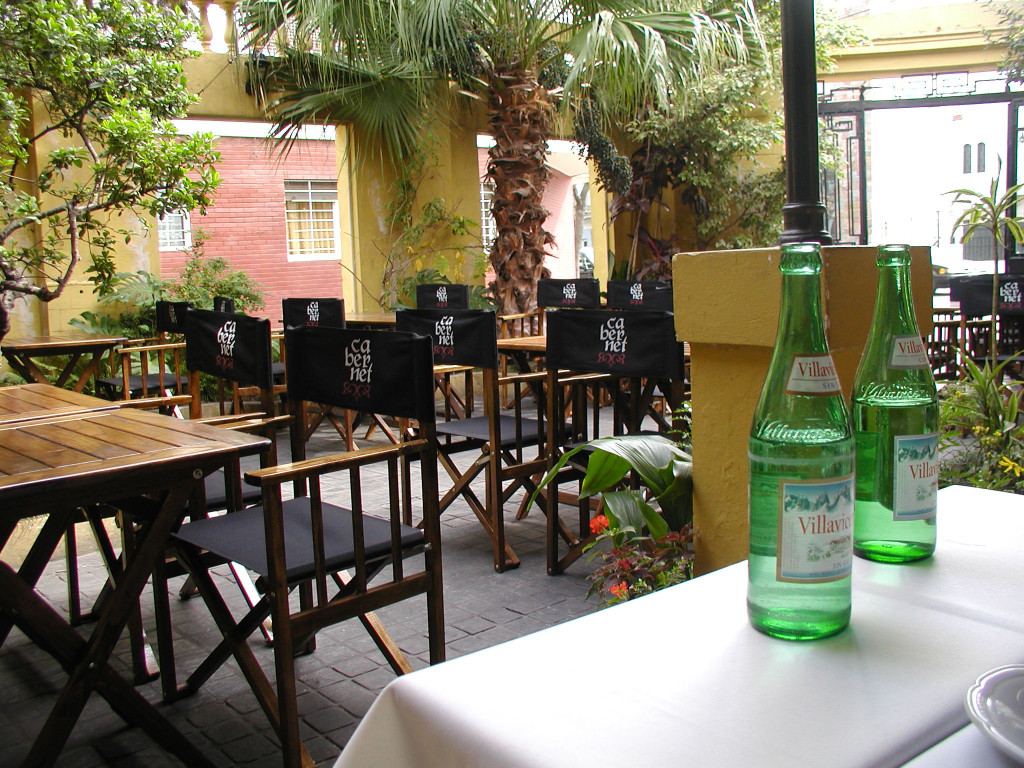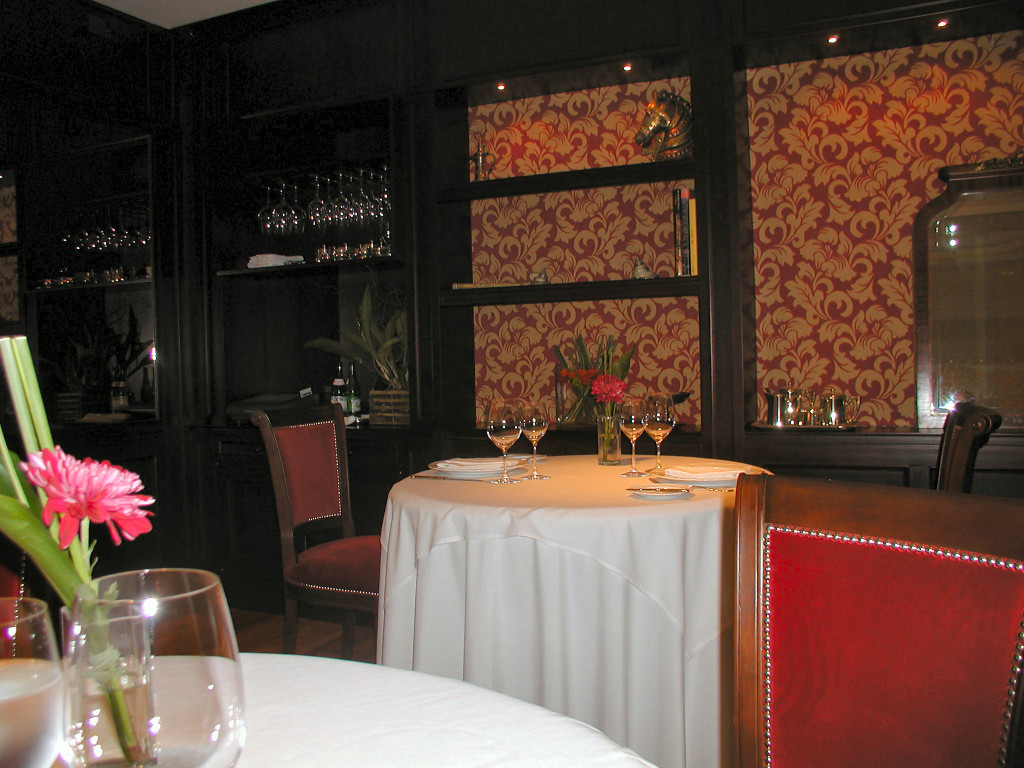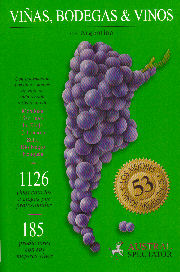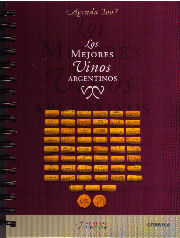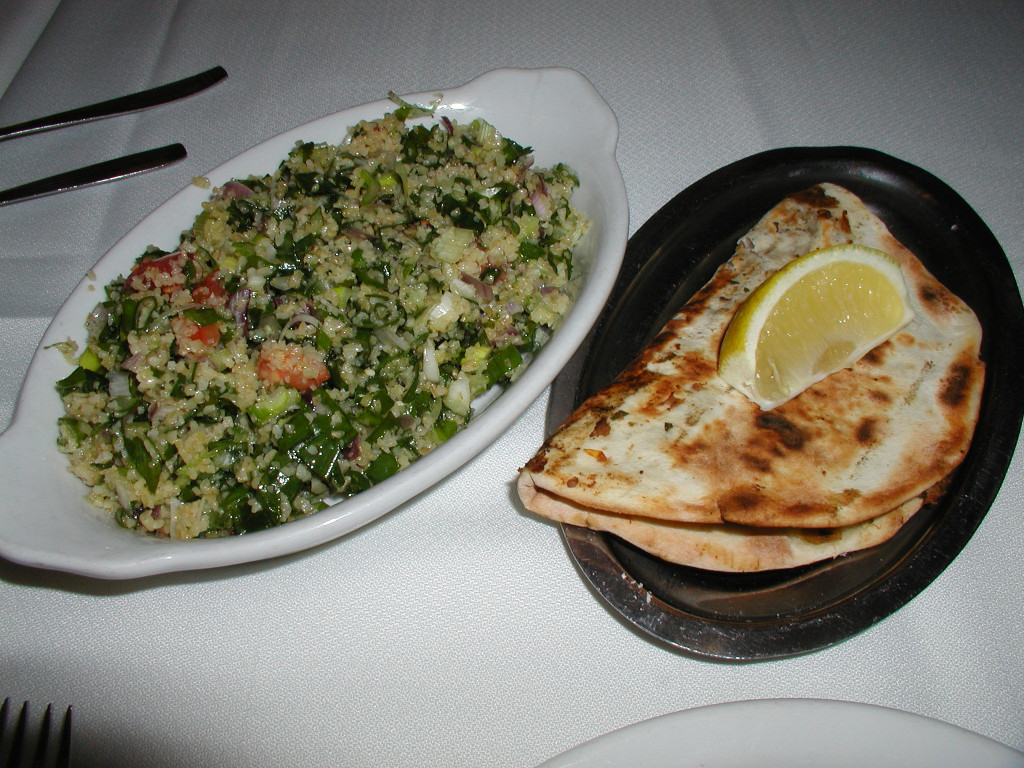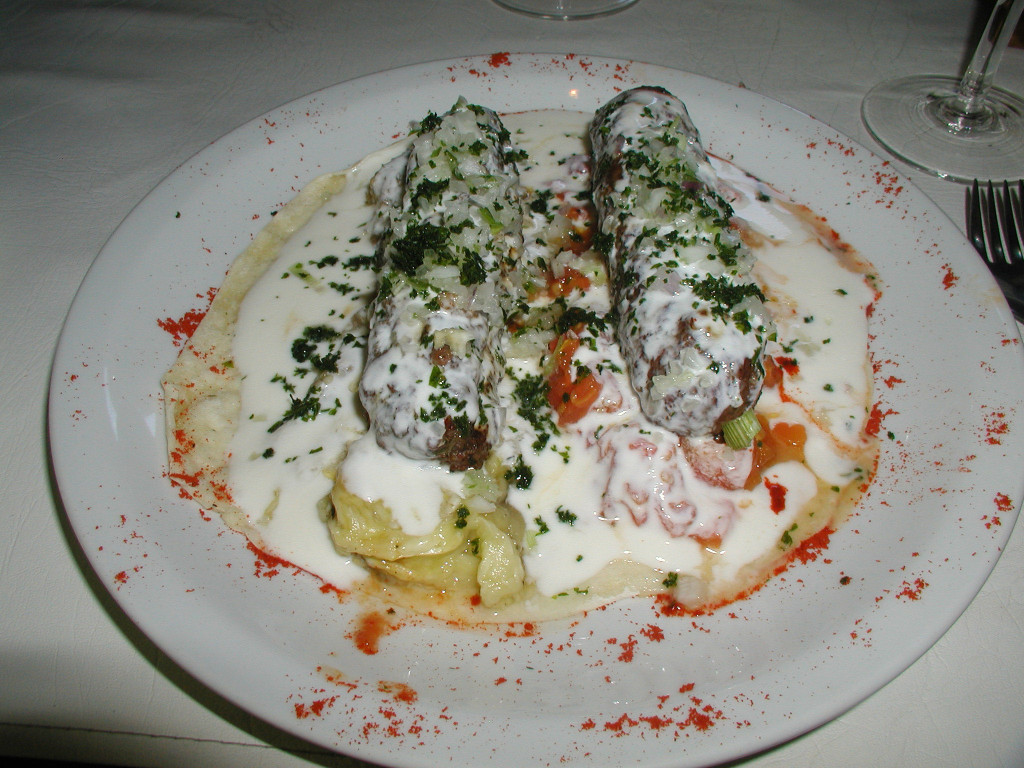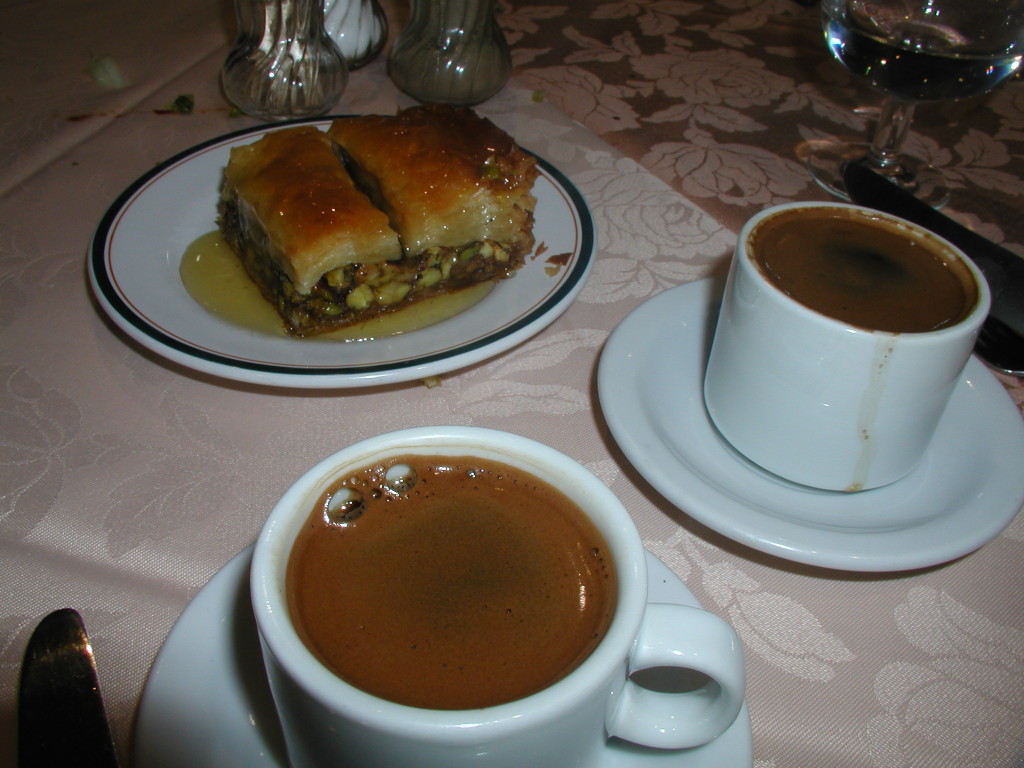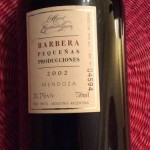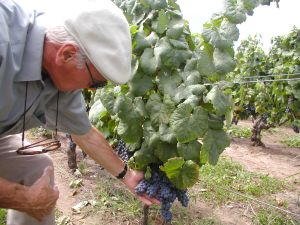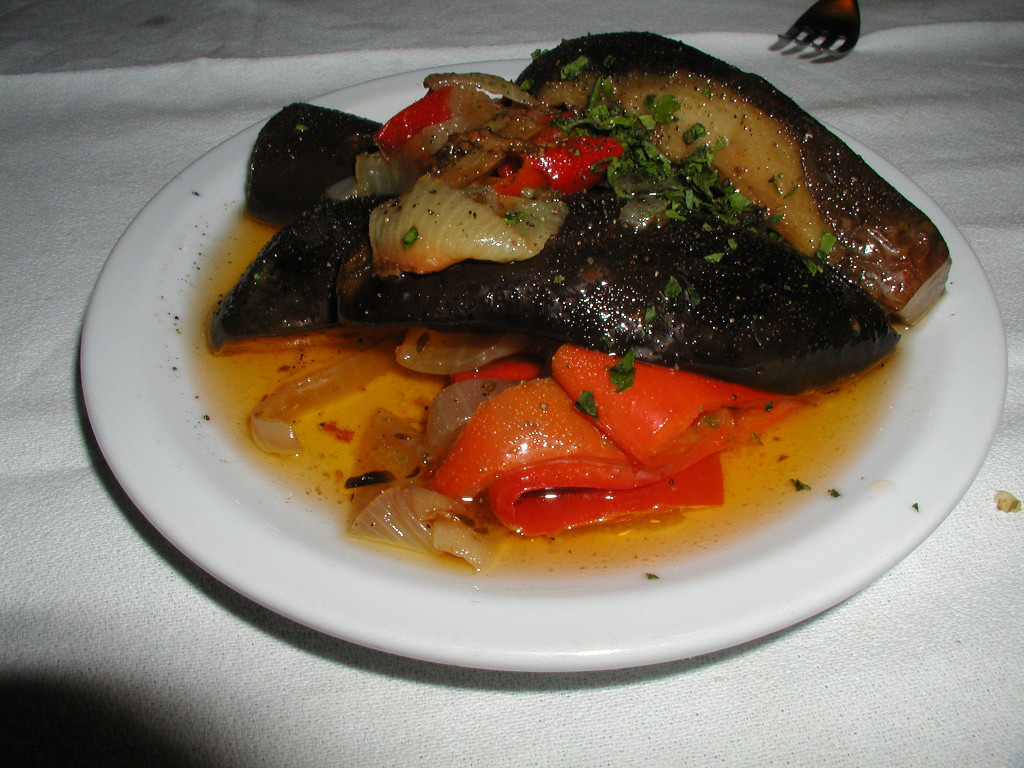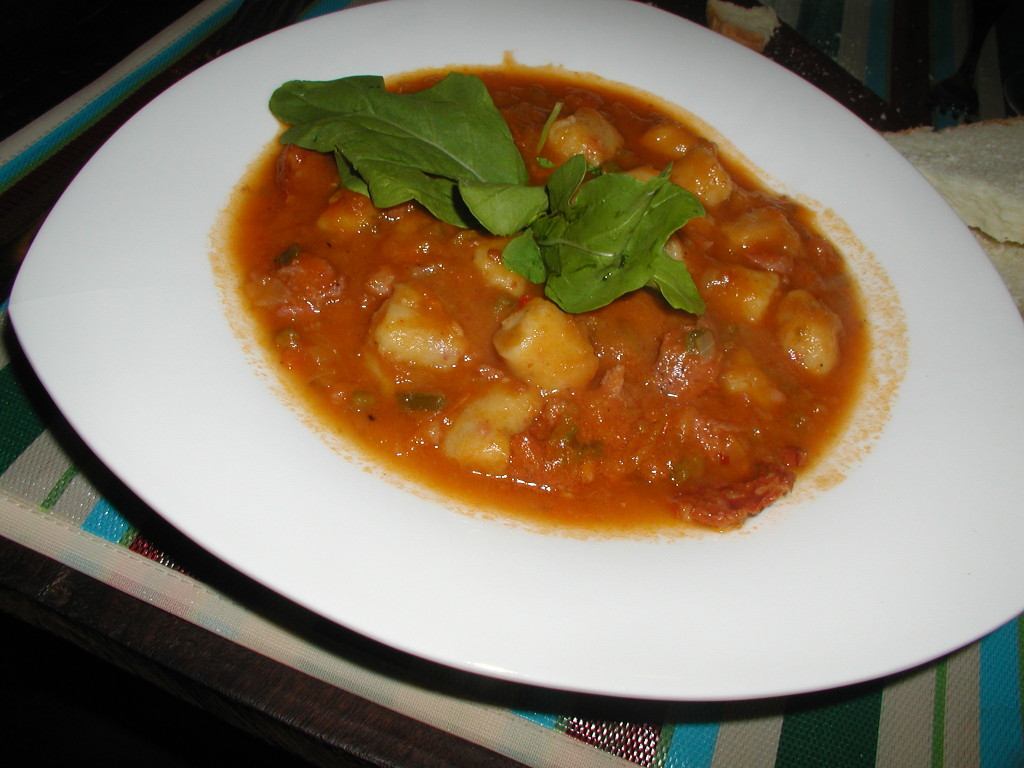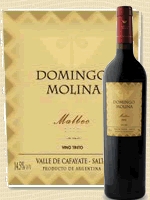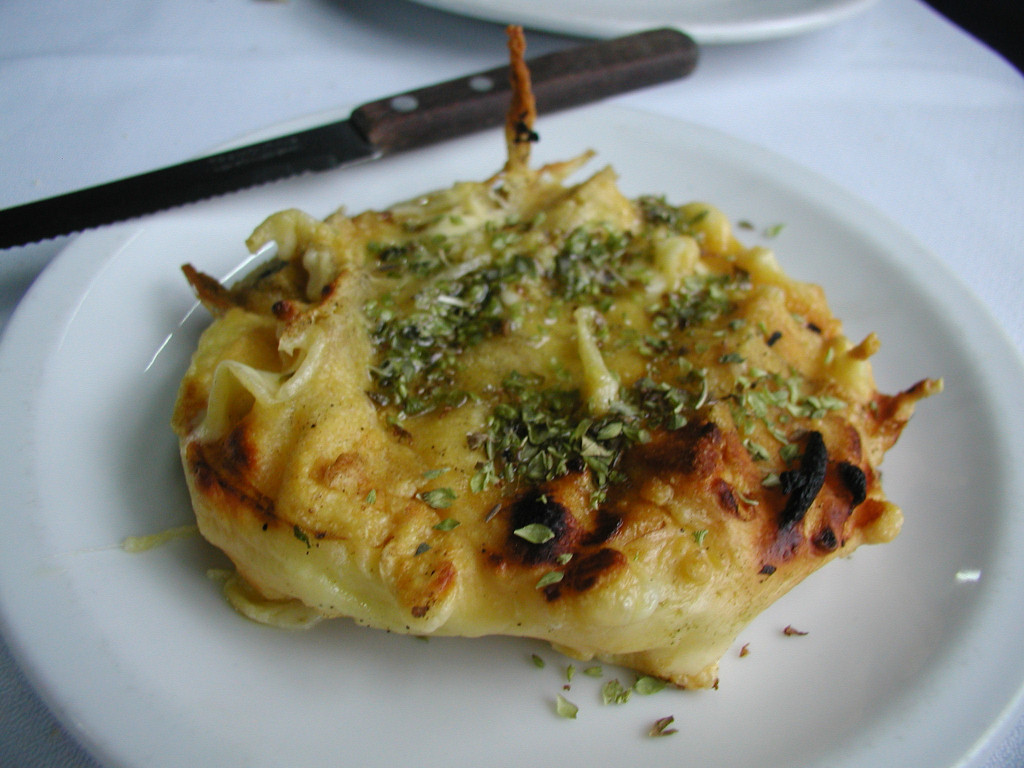Porteño Food Heritage: Fact or Fiction? An Investigation…
NEWS
December 19, 2006
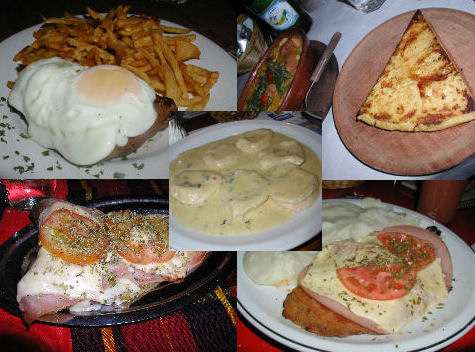
I’m coming late to the party by posting on this topic, but it’s been simmering in the back of my mind for a week or two. In amazingly typical fashion, the local Heritage Commission has declared a new range of food items that are considered “emblematic” of porteño culture. Those of us who live here in our adopted country have become used to outlandish claims in casual and animated conversation by many a local that one plate or another is Argentine in origin. Often, these dishes are ones that anyone who travels the globe or explores the world of food knows existed elsewhere in the world long before Argentina had anything but a native, indigenous cuisine. This time, however, it’s not random conversation with a new friend over drinks, but the government itself stepping in to stake the porteño claims.
The one that seems to have generated the most controversy is the milanesa a la napolitana, that ubiquitous local version of a weiner schnitzel topped with ham, cheese, and a bit of tomato sauce – most of the controversy coming from the juxtaposition of “milanesa” (from Milan) and “napolitana” (from Naples). The milanesa part is easy, pounded thin, breaded and fried slices of beef or veal are called cotoletta alla milanesa in Italy, or, a Milan style cutlet, since before the first Italian set foot on South American soil. While the name “a la Napolitana” is both claimed locally to come from the idea of Neapolitan pizza or from a restaurant called El Napolitano that existed in the 1940s here over by Luna Park; at best, this is simply a renaming of the classic Neapolitan saltimbocca alla Sorrentina – pounded thin, floured or breaded, fried slices of veal topped with Parma ham, mozzarella, and a fresh tomato sauce. The dish has been around since long before anyone from Sorrento headed to Argentina. One can even look at things like schnitzel “cordon bleu”, a dish dating back to some unknown time in the history of L’Ordre des Chevaliers du Saint Esprit, the organization of knights famed for their luxurious banquets since 1578… this dish a breaded cutlet topped with a thin slice of ham and melted cheese – only missing that bit of tomato sauce.
Better to have claimed the matambre a la pizza – while matambre may merely be an adaptation of cima a la genovese from Liguria, the idea of topping it with those same pizza ingredients has got to be uniquely porteño… though, I haven’t researched that one thoroughly.
I might also have to give them pizza a la faina – while both pizza and faina exist in other places and cultures, since before Buenos Aires was founded, the use of the faina, or chickpea bread slice, as a top crust while eating a pizza does seem to be uniquely porteño.
Beyond that, the Commission has added in such things as vermú, or vermouth – not, thankfully, claiming that it was invented by Argentines, but claiming the tradition of drinking it as integral to local custom. I’m not sure how that differs from their Italian forefathers and mothers, but it’s now official.
Of course, this all follows on 2003’s claims by the same Commission to empanadas, asado, y dulce de leche – hmmm… empanadas, beyond existing in one form or another in every culture that produces pastry, are a pretty clear Spanish import, even if they’ve evolved to an art form here; the asado, a big part Spanish influence on the gaucho culture here – but is it anymore elaborate or a part of the culture than, say, the norteamericano weekend barbecue, or the still extent Spanish version of the same? The last, a claim that’s been up for grabs and dispute for a long period of time. Though I couldn’t prove it one way or the other, I’d be hard pressed to accede to a claim that dulce de leche was invented either here or in Uruguay – the idea that no one was caramelizing milk and sugar back in Europe before local colonization is, to my mind, unlikely, though I’d be willing to be proved wrong on that.
Other dishes that are apparently up for consideration include sorrentinos – round, plump, large ravioli. True, elsewhere in the world no one calls them sorrentinos, but there’s nothing unique about them other than the name – which apparently also comes from a local restaurant called Sorrento that was located on Av. Corrientes here – though this is also up for dispute, I’ve seen more than one claim that the name comes from a restaurant called Sorrento that was located in Mar del Plata – still here in the province of Buenos Aires.
I’ve seen one proposed idea for a bife a caballo – a steak topped with a fried egg. I’ve even seen discussions in different forums about the whole a caballo “phenomenon”, claiming that it’s extraordinarily common here. Okay, I’ve seen it offered on steaks, I’ve seen it on lomo sandwiches and hamburgers. But it’s not exactly ubiquitous, and it’s certainly not uniquely Argentine. I can get a fried egg atop a piece of beef at any diner in the U.S., and probably throughout most of Europe. Even the a caballo, or “on horseback”, has been called a cheval, with the same meaning, in France for centuries.
On the dessert front – the vigilante – a deceivingly simple plate of queso blanco served accompanied by a thick slice of dulce de batata or dulce de membrillo – sweet potato or quince jelly is a common dessert here. While certainly more common than in many other places, I’m not sure I’d call it unique – I’ve had the same in Mexico, I’ve had the same in France. The name, once again, is as far as I know, unique to Argentina. The tarantela – more or less a classic charlotte with a caramelized coating and an apple and custard filling. The torta rogel or milhojas – interleaved pastry with dulce de leche and/or chocolate. The budín de pan – basically a sweet loaf of bread, or even a steamed bread pudding.
All this is not to take away from Argentine or porteño culture and cuisine. As has been said in many a cooking forum, and by many a chef throughout the world, “there’s nothing really new in the cooking world, it’s all been done by someone, somewhere, before.” What is unique to the culture here is the blending of these various imports, along with what remains of the indigenous cuisine, and imports from other parts of both the country (locro, carbonada…) and Latin America. Rather than picking out individual dishes and claiming them as unique, or even integral to only this culture, especially when such claims are easily disproved, what Argentines could easily celebrate is the amazingly rich melting pot of these varied dishes. There is probably nowhere else on the planet where this particular melding of ideas, techniques, and recipes, both classic and modern, come together in such a seamless blend. That’s something to be truly proud of.
